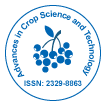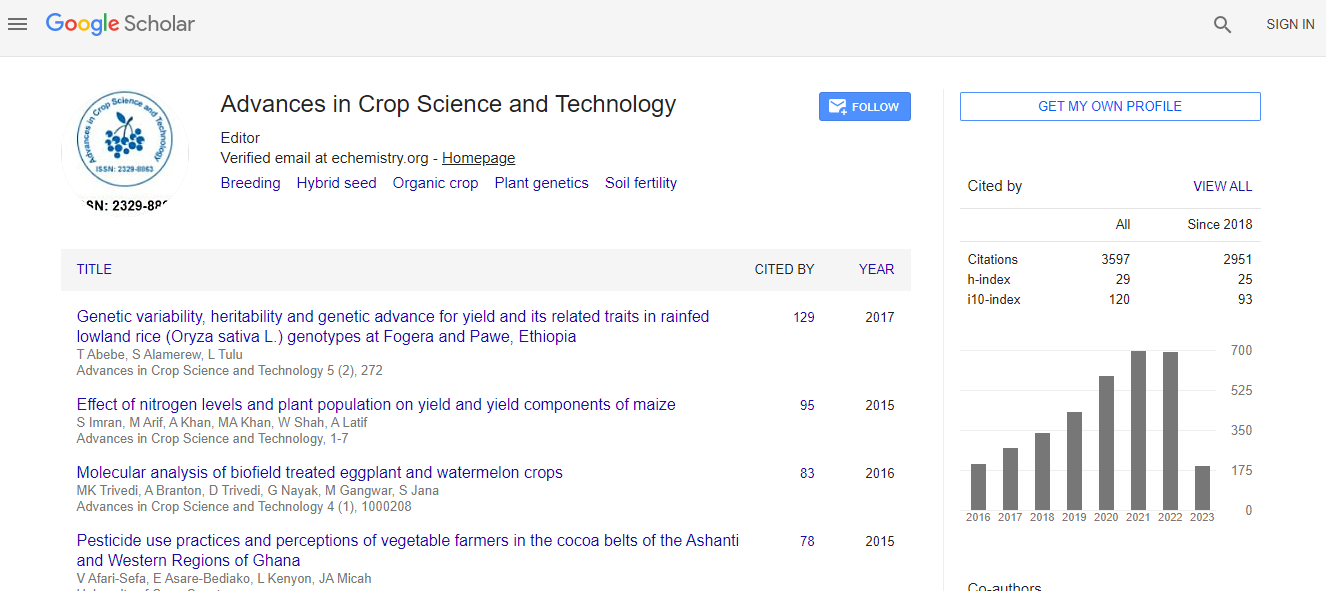Effects of Aqueous Colchicine on Morphological Characteristics, Yield and Quality of Mulberry Varieties
*Corresponding Author:Received Date: Nov 22, 2023 / Published Date: Apr 10, 2025
Citation: Beatrice CT, Linah M, Purity G (2025) Effects of Aqueous Colchicine on Morphological Characteristics, Yield and Quality of Mulberry Varieties. Adv Crop Sci Tech 13: 784.
Copyright: © 2025 Beatrice CT, et al. This is an open-access article distributed under the terms of the Creative Commons Attribution License, which permits unrestricted use, distribution and reproduction in any medium, provided the original author and source are credited.
Abstract
Several mulberry varieties are available in nature, but they lack one or the other economic characteristics required for rearing Bombyx mori silkworms. To improve these economic characteristics, the use of colchicine has been recommended. This study assessed the morphological traits, yield, and quality of mulberry accessions after treatment with aqueous colchicine at different concentrations. These traits include leaf size, petiole size, leaf area, leaf weight, and leaf crude protein contents. The experiment was laid out in a Completely Randomized Design (CRD) with six treatments and replicated four times for the accessions selected. Effects of different concentrations of aqueous colchicine (0.1-0.5%) on therefore mentioned traits assessed. An increase in leaf area was noted at 0.2%, an increase in petiole length and a higher number of leaves that were thick and dark green were noted in colchicinetreated plants. These changes in morphological characteristics resulted in increased leaf yield of the accessions used. However, reductions in shoot height and inter-nodal length were observed in treated plants. Proteins were noted to increase in all varieties at 0.1%. These results revealed that the mulberry accessions recorded a decrease in the growth parameters at 0.5% colchicine concentration, in which 80% of the plants showed slow growth.

